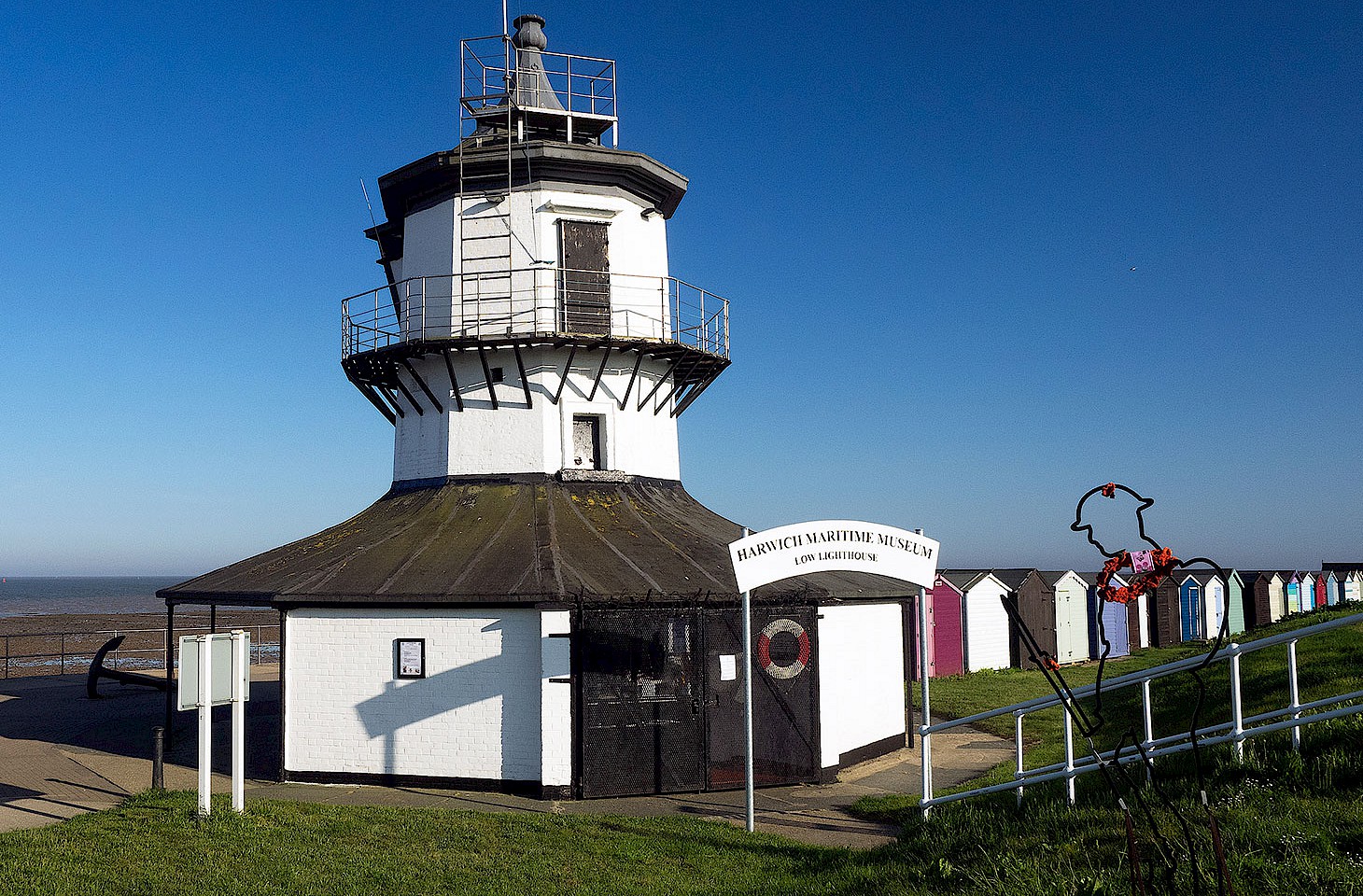Dear fellow travellers
The fast trains from London to Reading take a mere twenty-four minutes for the journey. And First Great Western (FGW), successor to Brunel's celebrated Great Western Railway, happily still name some of their trains.
Scanning the current FGW timetable for departures from Paddington, we opt for the Cornish Riviera for the ride to Reading. This train was named following a competition in 1904, when over a thousand members of the public suggested names for the mid-morning departure from Paddington that promised sun, sea and sand and an escape from metropolitan routine.
Few of the travellers boarding the Cornish Riviera today give a thought to the run out from Paddington to Reading. Insofar as they contemplate the journey at all, they focus on more distant highlights: traversing Somerset with views of Glastonbury Tor, skirting the sea at Dawlish and crossing the Royal Albert Bridge to enter Cornwall.
The Brunel connection
But those first twenty minutes out of Paddington are one of the finest rail journeys in Britain. Some settle in their seats or find refuge in their laptops, but we gaze out of the carriage window. Hardly has the Cornish Riviera left Paddington than there is an excellent view to the right, looking over the Grand Union Canal, towards Kensal Green Cemetery. There lie interred the remains of half a dozen members of the Brunel family, including Isambard Kingdom Brunel, the visionary engineer who propelled the Great Western Railway to success. Brunel was the son of a French cabinetmaker who only narrowly avoided ordination as a priest in his native Normandy (a career move which would presumably have altered the later trajectory of railway history).
Wilkie Collins also resides in Kensal Green Cemetery. He is remembered more for his novels than his travel writing, but his Rambles beyond Railways is a perceptive exploration of Cornish byways. It was written at the time when Brunel's Great Western was colonising Cornwall by building branch lines to the remotest corners of the Royal Duchy.
Of paupers and Punjabis
But we have dwelt on Kensal Green too long, and sped through many suburbs while so distracted. We missed Wormwood Scrubs, and a distant view of lofty Harrow-on-the-Hill, then the old asylum at Hanwell. The latter was built in 1831 for what in those days were then called "the pauper insane." The editor of The Gentleman's Magazine, one Edward Cave (who wrote under the memorable pen-name Sylvanus Urban) drew attention in 1858 to this landmark on the line out of Paddington. "A plain but handsome structure, which stands cheerily in open country," he wrote. No longer is this open country. London has crept west, a tangled web of streets and housing invading old villages and depriving them of their identity. Who now remembers Elthorne?
Speeding west through Southall, our train now crosses the Grand Union Canal. We have with us a 1924 guide which describes a rural scene "with bridges, barges and ducks all doing their best to make it picturesque." Southall has subtly changed. The ducks are gone and just south of the railway is a spectacular Sikh temple. Signs on the railway platforms at Southall are in both English and Punjabi.
Come, friendly bombs
In our 1924 guide, the anonymous writer speaks of "old farmsteads and quaint cottages" in the country between Southall and Slough. Now there is little by way of green landscapes. But it is fascinating. Look out for art deco style in the EMI factory at Hayes, planes closing in on Heathrow and the spiral swirls of motorways to nowhere. Beyond West Drayton lorry parks and container dumps go head-to-head with crazy golf and garden centres. This is magnificent stuff, a social roller coaster of a ride through modern England. But there are touches of antiquity too. Windsor castle is visible away to the south.
Our 1924 guidebook makes much of Stoke Poges church, evidently the spot where Thomas Gray penned his Elegy Written in a Country Churchyard. Nowadays modern Slough obscures what was presumably once a glorious vista over open countryside towards Stoke Poges. But, despite Betjeman's pleas, no friendly bombs have fallen on Slough and the town looks remarkably spick and span as the Cornish Riviera speeds past Slough's elegant railway station.
Burnham station is next on the line. It was once called Burnham Beeches, but the suffix was suppressed in 1930. Happily the beech woods are still there, though you'll be hard pushed to see them from the train.
From Quaker zeal to custard creams
Our 1924 guide is full of praise for Maidenhead. It is, we read, a bustling hub for those seeking "the gay life of the river". We smile, just as you do. At Riviera speed, it seems a pretty enough spot, and Brunel's famous brick bridge that escorts our train over the Thames at Maidenhead is still a local landmark.
Now, on through a swathe of cuttings with fleeting glimpses of Berkshire villages at points where the embankments are happily lower. Look now, to our right, there's Ruscombe. That's the village where William Penn died in poverty in 1718. The infirm Quaker would most surely have preferred to meet his maker in Pennsylvania.
And so we slow for Reading and two dozen minutes after leaving the capital, the Cornish Riviera makes her first stop in the Thames town where another famous Quaker, George Palmer, saw the potential of the railway in helping distribute his company's biscuits. Reading gave us the custard cream. Oscar Wilde helped seal Reading's fate in his Ballad of Reading Gaol. Ah, yes, there we go again… the gay life of the river.
We hope you enjoyed the ride. Thanks for joining us on today's run down to Reading.
Nicky Gardner and Susanne Kries
(editors, hidden europe magazine)




